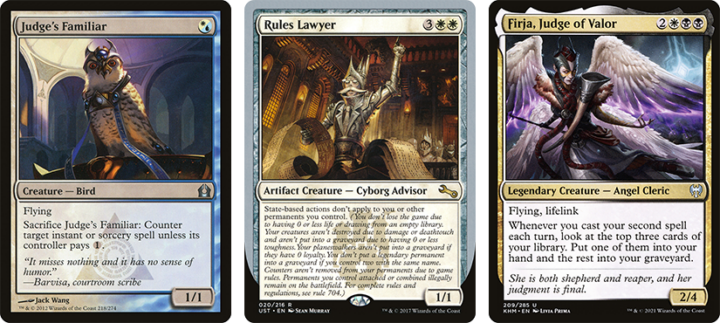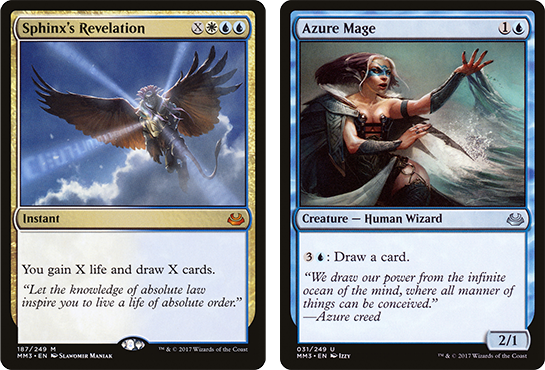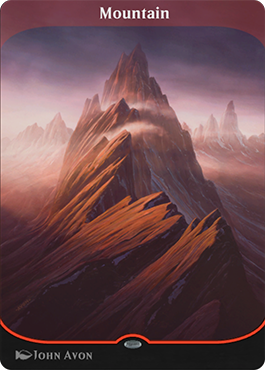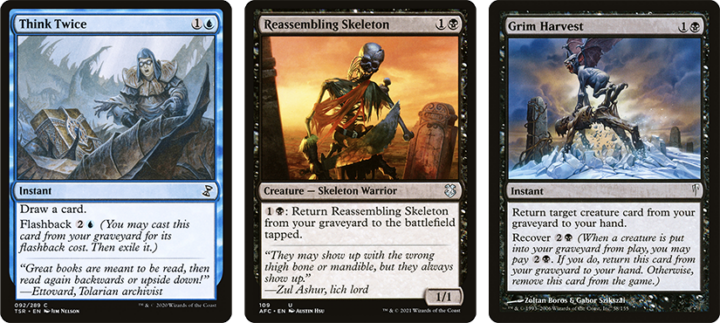In Fringe Format, Chris looks at a lesser-known way to play Magic! This time, we climb the heights of the most rules-heavy format possible: it’s Judge’s Tower!
Blueprints
Judge’s Tower was created, handily enough, by Magic judges. Of all the formats that were invented by judges, Judge’s Tower is certainly one of them. Commander will always be the most successful MTG variant almost by default at this point, and Judge’s Tower by design is going to be less appealing to a large swath of Magic players. That said, Judge’s Tower may be one of the most useful formats ever created.
The format is most used as a study tool for aspiring or current judges. Magic has a ton of rules that all interact in very arcane and labyrinthine ways and trying to learn about them just by reading the rules documents is a quick way to fall asleep. Numerous study guides, quizzes, and puzzles exist to help with this, but by far one of the most useful things I ever found when becoming a judge and moving up the ranks was playing Judge’s Tower. And as a bonus, playing the format made me a far better technical player than I used to be very, very quickly. You’ll see how once we get into how it works.
The Rules
Judge’s Tower is played with a single large deck of cards. Some play with a 250-card tower, some 175, but really any large amount will do. Players draw off the same deck and share one graveyard. Everyone starts with no cards in hand, infinite life, and infinite mana available to them on their turns. Infinite mana immediately means two more rules: if you cast a spell or activate an ability with X in its cost, X equals 5; and you only need to activate an ability once per turn.
Pretty simple, although that word “need” in that last sentence above seems a little strange. Or at least, it seems strange until you know the last two rules: First, you must take any action you can at the soonest time you are able to take it. Second, you lose the moment you break that rule, miss a trigger, or otherwise mess up the rules of Magic. The only way to win is to be perfect – or at least just be perfect longer than your opponent. Once someone loses, all the cards that were used in that round get exiled, and you start again, repeating until you’ve gone through the entire tower. Once it’s gone, whoever lost the least is the overall winner.
This seems simple at first. And yet, many players new to the format will lose incredibly quickly the first few times they play. For example: say the first card you draw is a Mountain. A simple basic Mountain, nothing more. You play it and pass the turn.
Congratulations, you’ve just lost the game! Once you played the Mountain, you needed to immediately tap it for mana. Judge’s Tower is easily the format with the most player kills directly attributable to basic lands.
But the point of Judge’s Tower isn’t just to manufacture moments that make you feel silly and foolish, although that is definitely part of the fun. The point is to make you slow down a little, take stock at every step, and make sure that you fully grasp any board state quickly. As you play more, this starts to become second nature and happen faster, and that will make you a better player in every format.
That’s the basic idea of how to play, although there are a ton of small variations. When I played, you had to start with a number of cards in hand equal to your judge level, we kept separate graveyards, and we did keep track of life totals, which reset to 20 whenever they would hit zero. However you choose to play, first things first: you’re going to need a tower of your own.
Building a Tower
Fortunately, even a 250-card tower doesn’t need to break the bank. You’re looking for cards that lead to interesting game states and make you take actions rather than cards that are “good,” which means that this can fully be a budget format. How any tower is built is fully a matter of personal taste and preference, but here’s a few basic guidelines and suggestions to get you started.
First, lands! While mana isn’t an issue in this format, throwing in some lands can add an extra dimension into the game. Even beyond basic lands (which you should absolutely have one or two of in there), throwing in a utility land or two is a good idea.
Next, card draw. This is a format in which drawing a ton of cards just makes your life infinitely harder. Targeted card draw like Sign in Blood can make your opponent’s life more difficult, while straight up Divination is a nice whammy to whoever draws it. Vision Skeins is a personal favorite, sowing chaos in all directions.
Cards that function from the graveyard in any way are a must-have, whether you play with one graveyard or each player having their own. Beyond the flashback mechanic and cards like Reassembling Skeleton (very fun if you play with one graveyard for all players), consider throwing in a card like Grim Harvest, as the recover mechanic can be a killer.
Untappers! This oddball Lorwyn-block mechanic can be a brain-melter in Judge’s Tower, with cards like Knacksaw Clique and Order of Whiteclay being particularly devious inclusions.
Judge’s Tower is format built for weird pet cards, oddball draft chaff looking for a home, and forgotten rares from days past. A full Tower can be easily built for under $100 and can be added to continually over time as more cards come out in new sets, evolving slowly over time to keep from getting old.
However you choose to build your Tower, you can pick up any cards you want at cardkingdom.com. And let me know any particularly spicy cards you think of for a Tower over on Twitter. Have…well, fun for some of you out there, anyway.

Chris is the Marketing Communications Coordinator (and editor of the blog) at Card Kingdom. He would like to apologize to his son for not holding onto more cards from when he first started playing, as that likely would have paid for college. He enjoys pretty much all formats of Magic, but usually ends up playing decks that make other people dislike playing those formats with him.








